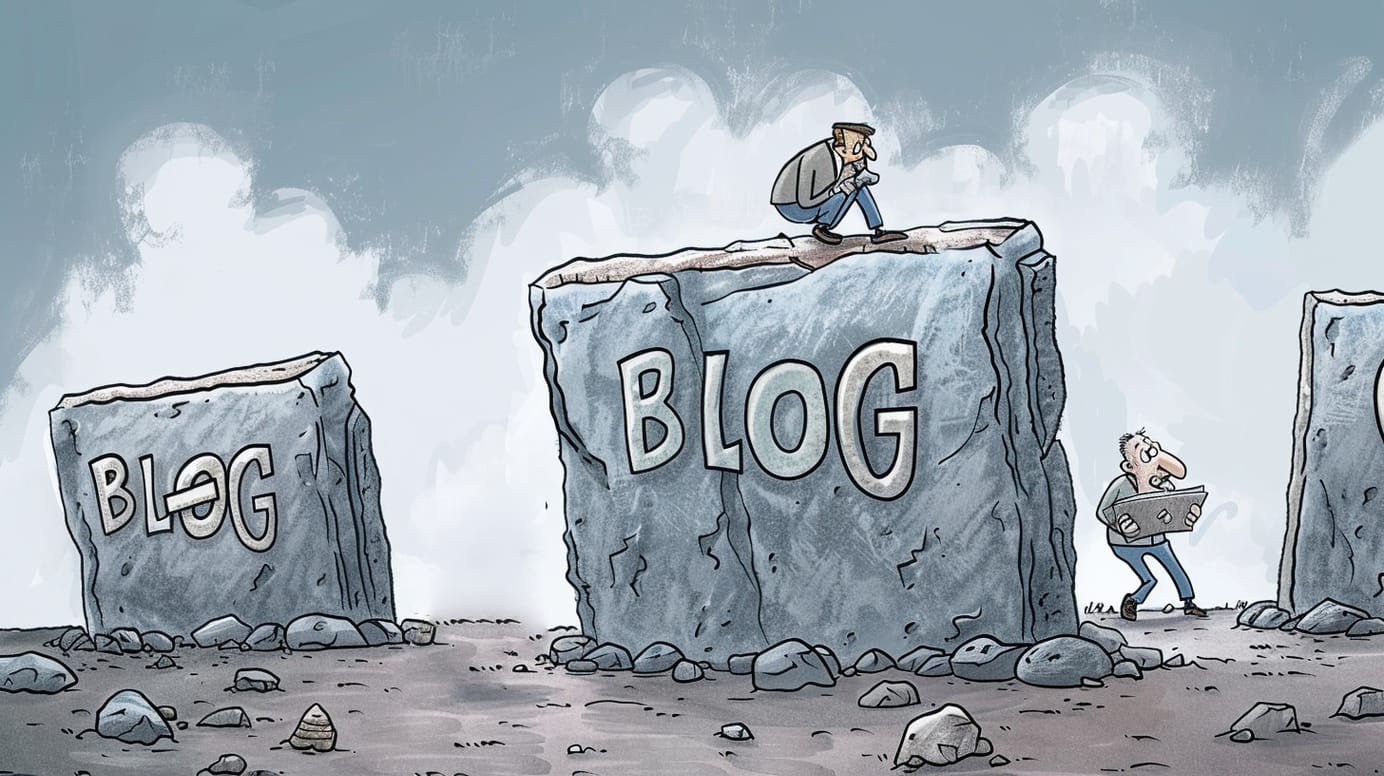Work in Progress: Types of Blog Post
Types of Blog Post (and how to create them)
The Link Post
Blogs originated as weblogs or logs of people’s web travels. Each post was just a link with a small bit of commentary, to give the reader an idea of why it was worth visiting the linked site. A link post does just that. It can be as short as a sentence, which just outlines that there’s a great post elsewhere, and it’s worth reading.
However, you add value by including a small amount of commentary to your post, which can help establish you as an expert rather than just an aggregator. Of course, this only works if you are an expert…
How do you find stuff to link to? Read the news sites that cover your subject matter. Find and subscribe to the blogs that write about similar subjects. Learn to use the blog search engines to explore what conversations are going on through the blogging world about subjects your readers are interested in.
The Link Dump Post
A whole load of interesting links, summarising the most interesting stuff from around the net over a 24 hour period, often with short chunks of commentary. These are often auto-generated from services like del.icio.us
The Quote’n’link Post
The next step up from the previous type of post, here you link to something elsewhere on the web, and quote a chunk of it to illustrate why it’s worth visiting. Chose the most apposite part of the post, chuck it in blockquote tags, and post it up. Don’t post the whole thing – give your readers a reason to go visit the other page. That’s only fair to the author of the other piece you think is worth linking too, and is the way you’d like to be treated yourself.
The Photo / Video Post
Just what it sounds like – a post whose main reason for existing is to share a photo or video. That’s not to say that you can’t use photos or video in other types of post – just that these are almost entirely made up of such media.
Note: wherever possible, these should be embedded directly into the post, not just linked to.
The Reaction Post
This is where you write an extensive post of a few paragraphs or more based on an event, or somebody else’s blog post. Usually you would link to the article or post you’re reacting to, but also very briefly summarise it, so your readers can understand what you’re writing about without having to visit the link if they don’t want to. The you go on to add your commentary or opinion on the subject in had. Don’t just reiterate what the other blogger or journalist had to say – bring something new and interesting to the debate.
This type of post moves you from just aggregating content to actually joining in the conversation happening elsewhere on the web.
The Original Writing Post
This is the kind of posting that most journalists naturally gravitate towards. It’s an original piece of writing, which can be anything from a review of something to your opinion on the latest political developments. It can even be a slice of life. Believe it or not, some people are actually interested in what a journalist’s day-to-day existence is like.
This kind of post is not triggered by anything in particular on another site, but is instead an attempt to start a new thread of conversation, or at least generate something that’s new and interesting for your community.
The problem with a blog that’s 100% original writing is that it rapidly starts to lose any feeling of community, unless you have an active commenter community. If you don’t, it start to look exactly like one of our conventional websites, pushed out through a blog format. And that’s the sort of behaviour that gets us a bad reputation in the blogging world.
The List Post
People like lists – just ask Nick Hornby and Ben Schott. Lists of the top 10 of something or the 5 worst of something else are quick to produce, thought-provoking and can generate interesting discussions. They’ve become slightly over-used in recent months as too many SEO advisors have pushed them, but they can still be great fun if done well.
Sign up for e-mail updates
Join the newsletter to receive the latest posts in your inbox.










